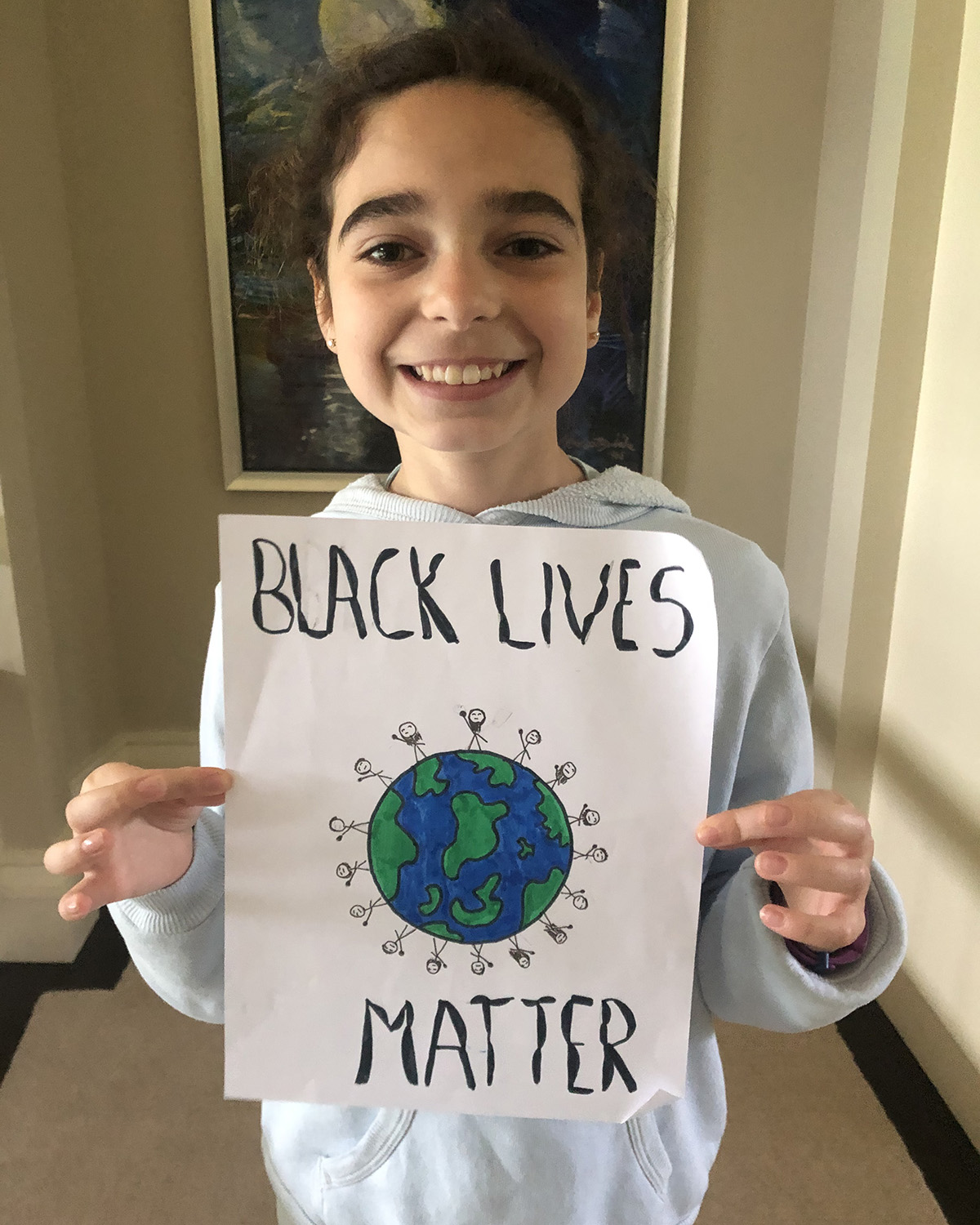Relationships at Rashi grow in each classroom between teachers and students, students and one another. Surrounding this core are siblings, parents, grandparents, faculty and staff. We are part of the Boston community and the global community. In each of these circles, as educators, learners, Jews, and those seeking Justice, we grieve at the violence that Black people and POC have faced and continue to face in the United States.
We think of George Floyd, Breonna Taylor, Ahmed Aubrey, and many others.

Students learn about Black Lives Matter, a human and civil rights movement “composed of entities at the local, national, and international levels. The Black Lives Matter movement is purposefully decentralized, emphasizing the importance of the idea itself. Among the prominent entities working to end systemic racism and white supremacy in the United States are organizations named the “Movement for Black Lives” and “Black Lives Matter.” As with the many Jewish communal organizations that exist, each has its own base of support with some overlap, and none speaks for the Black Lives Matter movement overall.” (Learn more at the Union for Reform Judaism’s blog). The Anti-Defamation League (ADL) released a statement on the death of George Floyd, and has shared a resource for talking with children over the age of 11.
Director of Visual Arts, Erica Smiley, integrates a social justice lens, focused around intersectionality and racism, into her art class. Here is her account of working with her Grade 5 students this spring after the killing of George Floyd:
Grade 5 discussed the killing of George Floyd, and learned about local and international artists’ responses to his killing in Minneapolis. We looked at murals from around the world, and then watched a tutorial by local artist, musician, and educator TJ Reynolds.
Click here to see some of the artwork we discussed.
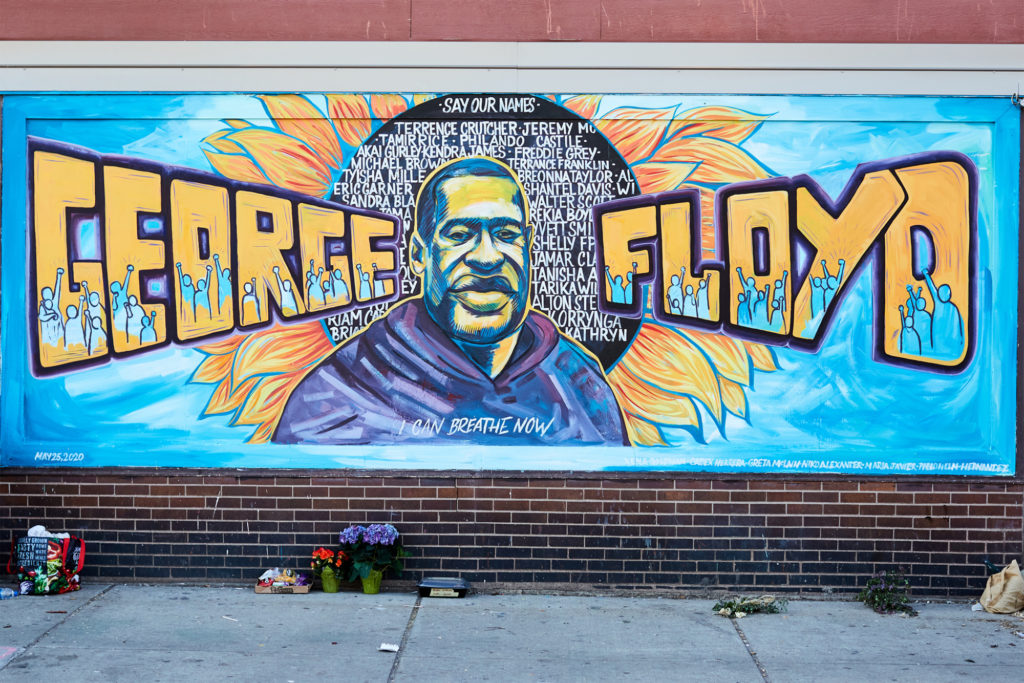
This mural is at the site where George Floyd died in Minneapolis. The work was painted by Xena Goldman, Cadex Herrera, Greta McLain, Niko Alexander, and Pablo Hernandez. The sunflower contains the names of the many other people of color who have died in police custody.
Here is the tutorial posted by local artist, musician, and educator TJ Reynolds (check out his website here):
Students could choose to either follow the tutorial, or to incorporate the content and/or techniques into their personal reaction/interpretation.
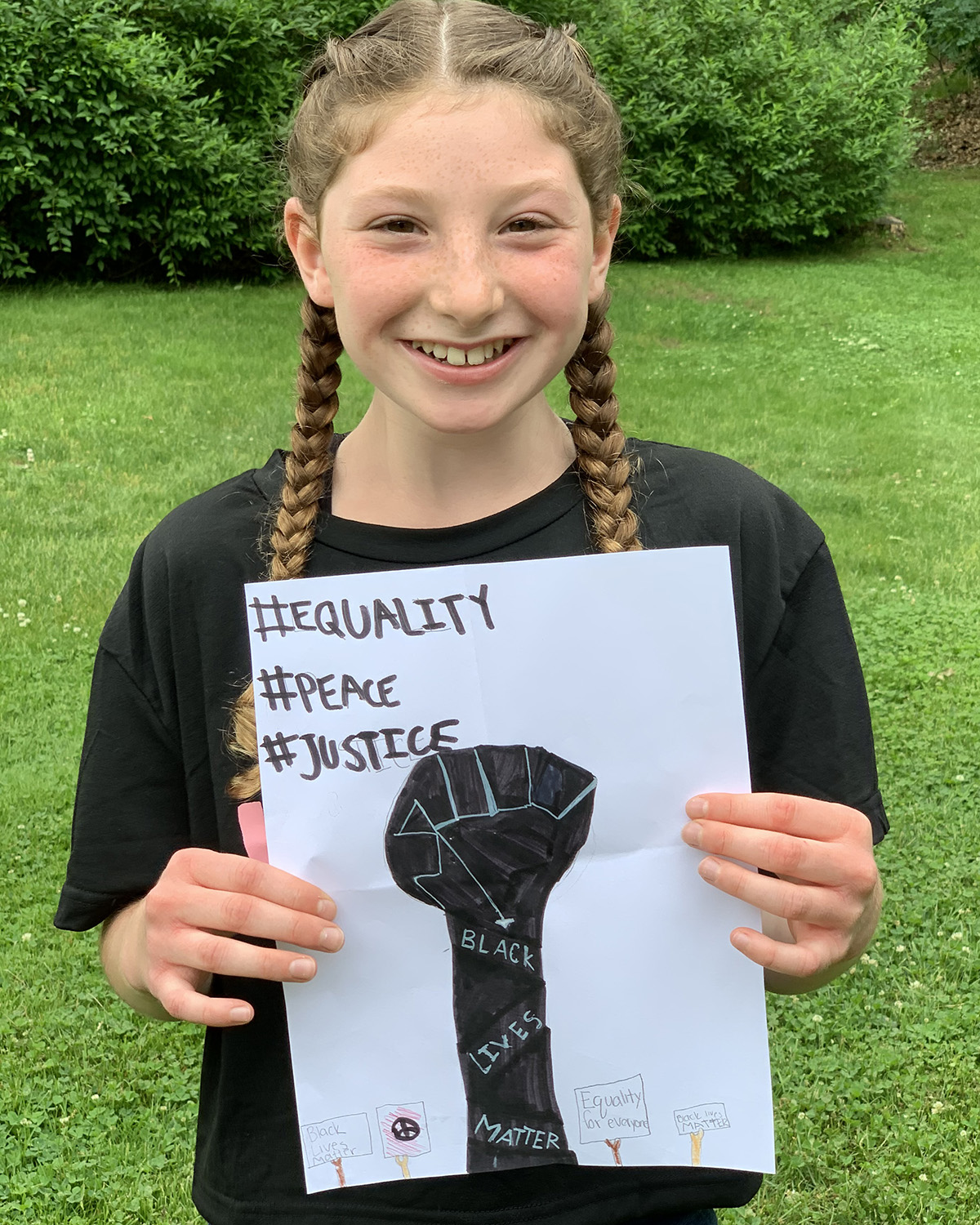
As the need for anti-racist education becomes increasingly evident, it is my hope that as an art teacher, I will communicate the essential message to my students that Black Lives Matter.
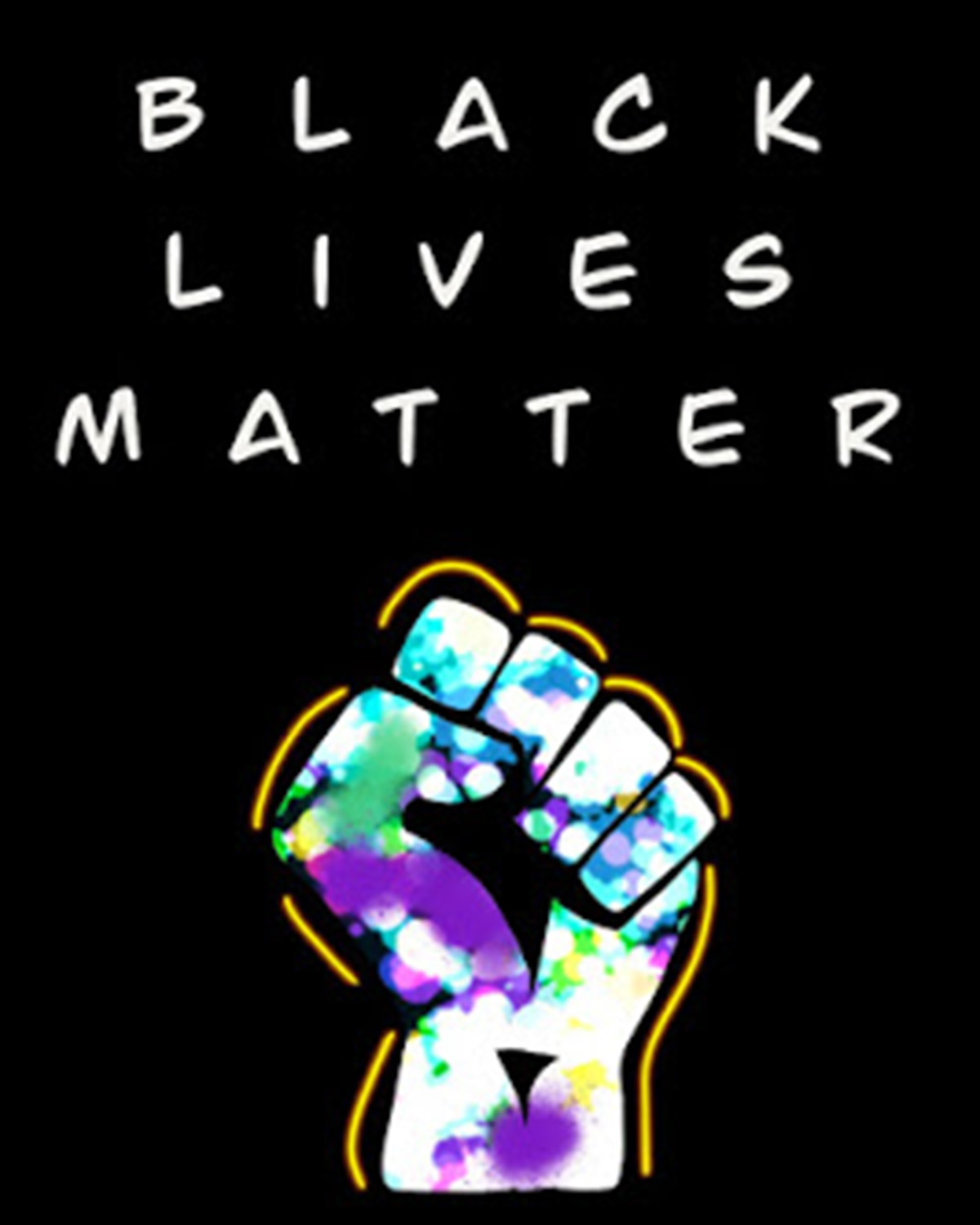
My K-8 art curriculum has long been inclusive of artists of color. However, it has become glaringly apparent that it is not enough to simply teach them about artists of color; I must take the next step so that my curriculum is not only inclusive, but explicitly anti-racist.
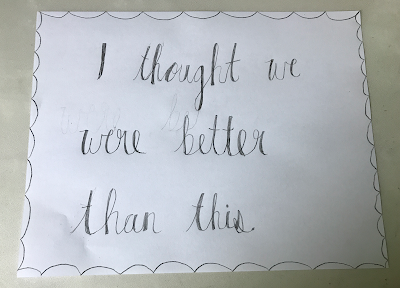
One way I approach this is by teaching students not only about the artists’ work, but about the racism that these artists faced, and how this influenced their lives and their work. It has been a springboard to some amazing class discussions.
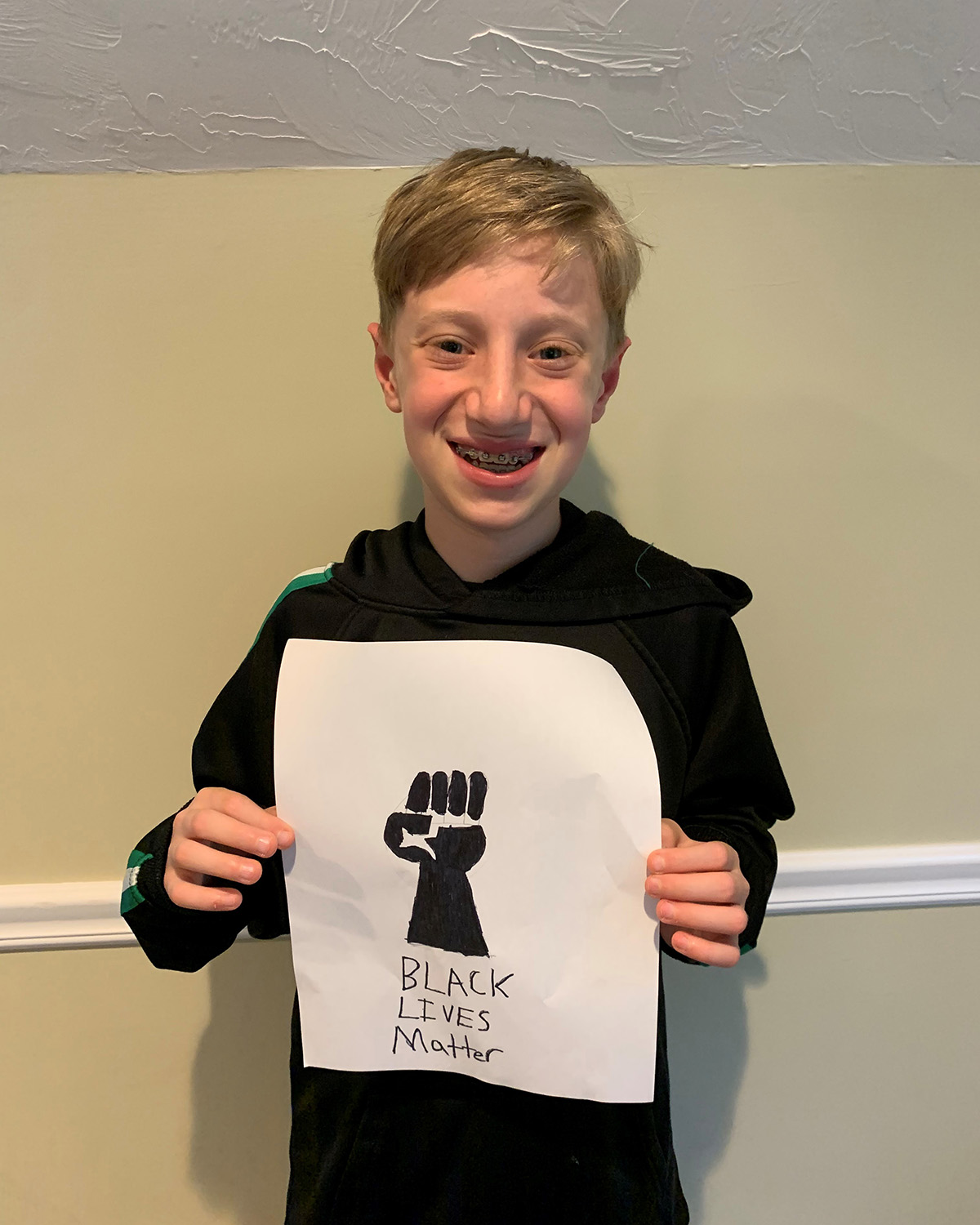
What comes next? Head of School Adam W. Fischer wrote to the Rashi community on June 1:
At Rashi, we know that our compassion and understanding are important and that when they lead to action, we can make a difference. Let us all recommit to standing up for what is right, to leaning into uncomfortable conversations, and to using our sacred platform to educate our students. Let us recommit to growing a generation that will redouble efforts to dismantle the systems that maintain institutionalized racism.
These conversations require courage. We must harness our sadness, anger, and frustration to engage and pursue justice. As a school leader, I pledge to do the work. Together, our faculty and staff will do the reading, listening, learning, and make space for the conversations. We must all work to become better allies and to support one another in standing against racism.
